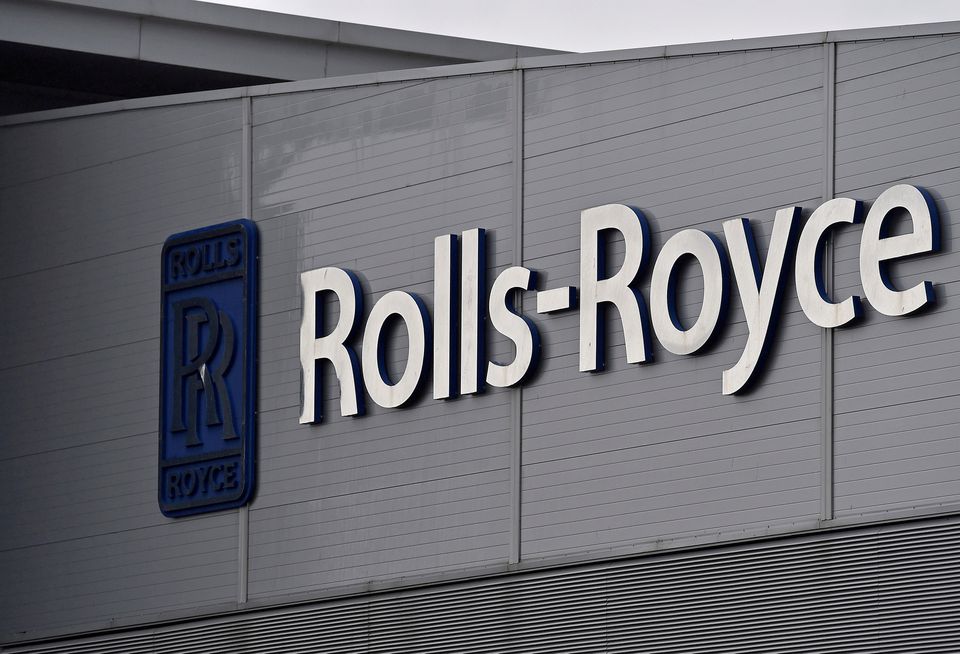Rolls-Royce (RR.L), a British luxury automobile maker, said it has successfully run an aircraft engine on hydrogen, the first world aviation, that represents a major step towards proving the gas could be key to decarbonizing air travel.
According to the British company on Monday, the ground test, using a converted Rolls-Royce AE 2100-A regional aircraft engine, used green hydrogen created by wind and tidal power.
Rolls-Royce and its testing programme partner, easyJet (EZJ.L), aim to prove that hydrogen can safely and efficiently deliver power for civil aero engines.
They revealed they were already planning a second set of tests, with a longer-term ambition to carry out flight tests.
No doubt, hydrogen is one of a number of competing technologies the aviation industry could leverage to achieve its goal of becoming net zero by 2050.
Planemaker Airbus and French-U.S. engine maker CFM International are currently collaborating to test hydrogen propulsion technology.
Airbus said in February that it planned to fit a specially adapted version of a current generation engine near the back of an A380 superjumbo test plane.
The aircraft manufacturer however told the European Union in 2021 that most airliners will depend on traditional jet engines until at least 2050.
A switch to hydrogen-powered engines would require a complete redesign of airframes and infrastructure at airports.
Chief executive of SHZ Consulting, Eric Schulz, said in July that it would take more than one generation of aircraft to achieve the goal because the changes in design is speculated to be so massive.
Companies such as Rolls-Royce are fans of many technologies including; electric engines, which would be initially suitable for short flights, and Sustainable Aviation Fuel (SAF).
Engines that are already in service will be able to use a mixture of SAF and conventional fuels, but it is only currently produced in miniscule levels.
This could eventually be produced by combining carbon captured from the air with green hydrogen, but the process is energy intensive and not yet available on a large scale.


